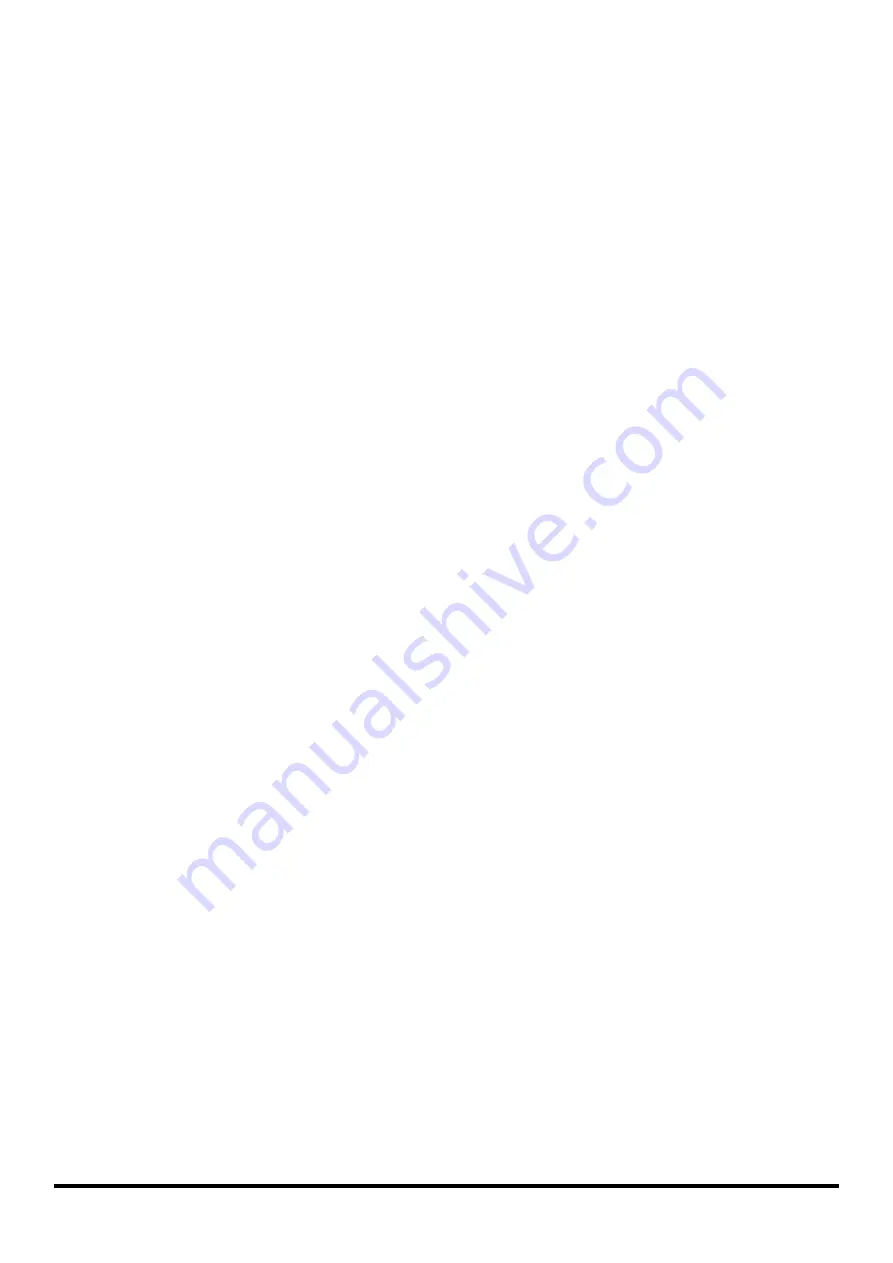
4
Location and Orientation
The collectors should be located such that the piping delivering the water to and from the collector and the pump is
as short as practicable. This ensures minimum heat losses and minimum pumping energy requirements.
Collectors (other than those on flat roofs) should face in a northerly or north-westerly direction. This will ensure that
the collectors are heated by the Sun for the longest part of the day, or at least the hottest part of the day. Roofs that
face a north-easterly direction will require a larger collector area because it may be shaded from the hot afternoon
sun. South facing roofs are not suitable for positioning of solar collectors.
Collectors should be located so that they are not shaded by objects in front or to the North of the collector for at
least 6 hours per day during the pool heating season.
Size or Area of Roof
The amount of collector used for the solar pool heating system will have a major influence on the effectiveness of
the system. The size of the system (collector area) is usually expressed in square metres, and as a general rule, is a
direct ratio compared to the surface area of the pool.
It is generally accepted that in northern Queensland a solar collector area of 70% of the surface area of the pool
would be considered adequate for a normal installation and swimming season. In southern states, such as Sydney
and Melbourne, systems with collector areas of 100% of the surface area of the pool would be recommended.
Larger systems may be required where higher than average water temperature, or extended swimming seasons are
desired.
For example: For a rectangular pool 4.5m x 9.0m, the surface area is 40.5 square metres. If 70% coverage is
required, then the total solar collector area will be 28 square metres (closest to 40.5m²). If 100% coverage is
required, then the total solar collector area will be 40 square metres (closest to 40.5m²). And so on.
Type of Roof Surface
The majority of roofs are constructed of either tiles or metal profiles. The type of roof is important when selecting the
appropriate Davey Solar components or plumbing kit. Mechanical methods for fixing the solar collectors, as well as
the manifolds/headers vary for the two different roof types.





































